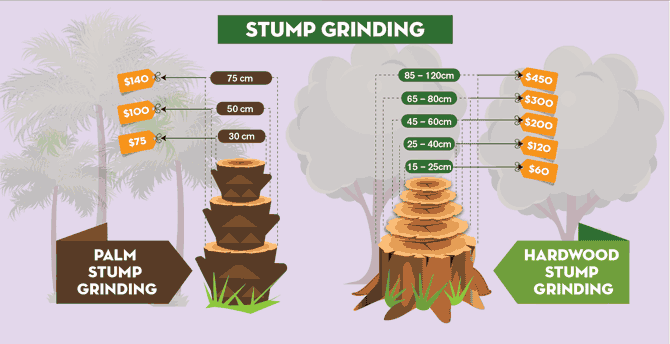Indicators That It Is Essential To Get Rid Of A Tree - A Handbook For House Owners
Indicators That It Is Essential To Get Rid Of A Tree - A Handbook For House Owners
Blog Article
Write-Up Writer-Mcmahon Long
Trees add appeal and worth to residential property, but they can likewise present a danger throughout extreme climate occasions. If a tree has actually quit expanding, is exhibiting noticeable fungal development, or has a leaning trunk, it must be gotten rid of by a specialist to prevent residential property damage and injury.
To get more information, go to a home owner resource reasonable co-hosted by HPD, the Center for NYC Neighborhoods, and Brooklyn-based housing partners this evening in Bedford-Stuyvesant. The occasion will certainly include the Property owner Handbook, a brand-new overview to help house owners navigate the duties of having a home.
1. Dead or Perishing Branches
Trees are an essential part of your home's landscape, supplying color and appeal. They also offer sanctuary for wild animals and create oxygen, yet also healthy trees can experience health problems that might necessitate their removal. Dead or dying trees aren't just undesirable, they can be harmful. Their branches might fall throughout a tornado, resulting in pricey building damages and injuries.
When a tree's branches begin to die, it indicates that its framework is starting to break down. If the majority of its branches are dead, it is most likely time to remove it.
Try to find an absence of new development, bark peeling, open wounds or cavities, fungis growing on the trunk or roots and a basic appearance of decay in the entire canopy. These signs of infection can show a significant trouble that will call for expert tree services to resolve.
2. Leaning Trunk
While it's typical for trees to lean periodically as a result of phototropism, if a tree has a dangerous or extreme lean that's not as a result of natural processes - it could be an indicator that the tree requires to be gotten rid of. If the tree is favoring a high-voltage line, home, automobile, play structure or any other area that could be hazardous to people if it falls, after that speaking to a specialist tree service for elimination ought to be a leading concern.
gardening jobs auckland 's also important to expect any type of sudden changes in a tree's leaning as it can suggest damages to the origins or trunk that may bring about dropping. This is especially real throughout stormy weather, considering that high winds and rain-soaked dirt can cause a lean to change rapidly. Normal monitoring, specifically throughout and after storms can aid property owners acknowledge prospective troubles with their trees so they can call an arborist for an extensive evaluation.
3. Insect Invasion
Some pest invasions, such as wood-boring insects like emerald ash borer or sap-suckers like scale insects, are so severe that they can trigger a tree to pass away. The very best method to stop pest problem is to check your trees regularly. Seek places, holes, or discolorations in the leaves and bark. Take a look at the trunk for fractures and indications of insect damage, such as tunnels or tracks.
If a tree becomes also infested with bugs, or is close to a home or power lines, an arborist may suggest removal. If a leaning tree develops a new, unsteady lean, an arborist will likely suggest removal too to guarantee the safety and security of people and property. If a damaged or dead tree continually drops excessive branches, it is a sign that it is time to get rid of the tree. If tree service indianapolis continues to lose branches for a prolonged time period, it could result in architectural issues and prospective property damages.
4. Damaged Trunk
Trees are a lovely and vital part of our landscape, but they do need normal like keep them healthy and balanced and risk-free. If a tree is damaged beyond repair it is likely time for it ahead down.
Search for indications of damages to the trunk, including vertical cracks, seams, dead branch stubs, visible injuries or open cavities and severe tree-rot. The existence of fungi at the base of the trunk is another alerting sign. Fungis may indicate that the phloem and xylem (life-support cells) are jeopardized, enabling the spread of condition or a future failure.
Likewise, consider whether the tree has quit expanding. Healthy trees will certainly have new development yearly, which might show up as buds or branches sprouting and prolonging. If you do not see any type of brand-new growth, it's a good concept to have an arborist evaluate the tree and follow their recommendation for elimination. A dying or harmed tree can drop and create home damage.